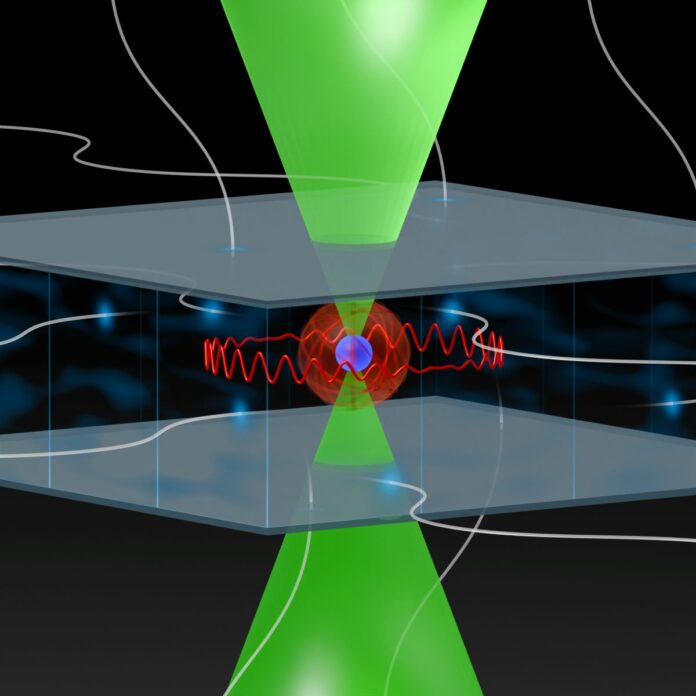The Rydberg state lifetime limits coherence time and gate fidelities in Rydberg atom quantum computers and simulators. With their maximal angular momentum providing excellent decay protection, circular Rydberg states are desirable candidates to overcome this barrier by orders of magnitude.
By overcoming a significant obstacle—the short lifetime of Rydberg atoms—a group of researchers from the University of Stuttgart’s 5th Institute of Physics is making substantial strides in quantum simulation and quantum computing based on Rydberg atoms. There is great promise in using circular Rydberg states to get around this restriction.
For the first time, the research team has succeeded in generating and capturing circular Rydberg atoms of an alkaline-earth metal in an array of optical tweezers.
Dr. Florian Meinert, Head of the Junior Research Group at the 5th Institute of Physics, who is in charge of the project, said, “This is exciting because they are particularly stable and can extend the lifetime of a quantum bit enormously. Therefore, they have great potential for developing more powerful quantum simulators.”
Scientists chose Strontium—an alkaline earth metal with two optically active electrons—to create the Rydberg atom because it offers unique possibilities.
After being created in the circular Rydberg state, the second electron orbiting the atomic nucleus can be employed for quantum operations already known from studies on ion quantum computers.
The scientists produced extremely high-energy circular states of a strontium isotope at ambient temperature, demonstrating an incredibly long lifespan of up to 2.55 milliseconds. Utilizing the unique characteristics of a cavity that absorbs blackbody background radiation, they were able to force the sensitive Rydberg electron into other energetically nearby Rydberg levels.
“The circular states wouldn’t last very long without this protection. Another reason for their longer lifespan is their maximal angular momentum, which helps keep them safe from decay. It also shows that quantum bits are less likely to have errors or be affected by outside interference because they are more stable.”
A significant research component was the exact control and manipulation of a microwave quantum bit encoded in circular states. Thanks to this so-called coherent control, scientists could move the qubit between states using microwave pulses without erasing its quantum information.
They could accurately ascertain the quantum bit’s lifetime and learned crucial information about its stability at room temperature. Effective, coherent control is essential for precise and dependable quantum operations.
The versatility of the circular Rydberg atoms makes them attractive for a wide range of applications. Since they can be specifically trapped and precisely manipulated in optical tweezers or other types of traps, they offer possibilities for a scalable architecture that could be advantageous for building large quantum-bit systems based on neutral atoms.
Journal Reference:
- C. Hölzl et al., Long-Lived Circular Rydberg Qubits of Alkaline-Earth Atoms in Optical Tweezers, Physical Review X (2024). DOI: 10.1103/PhysRevX.14.021024
